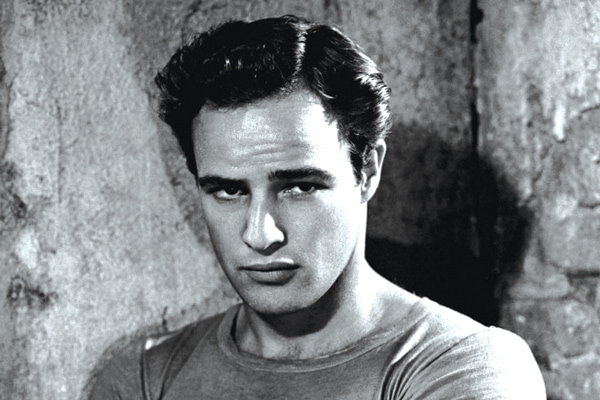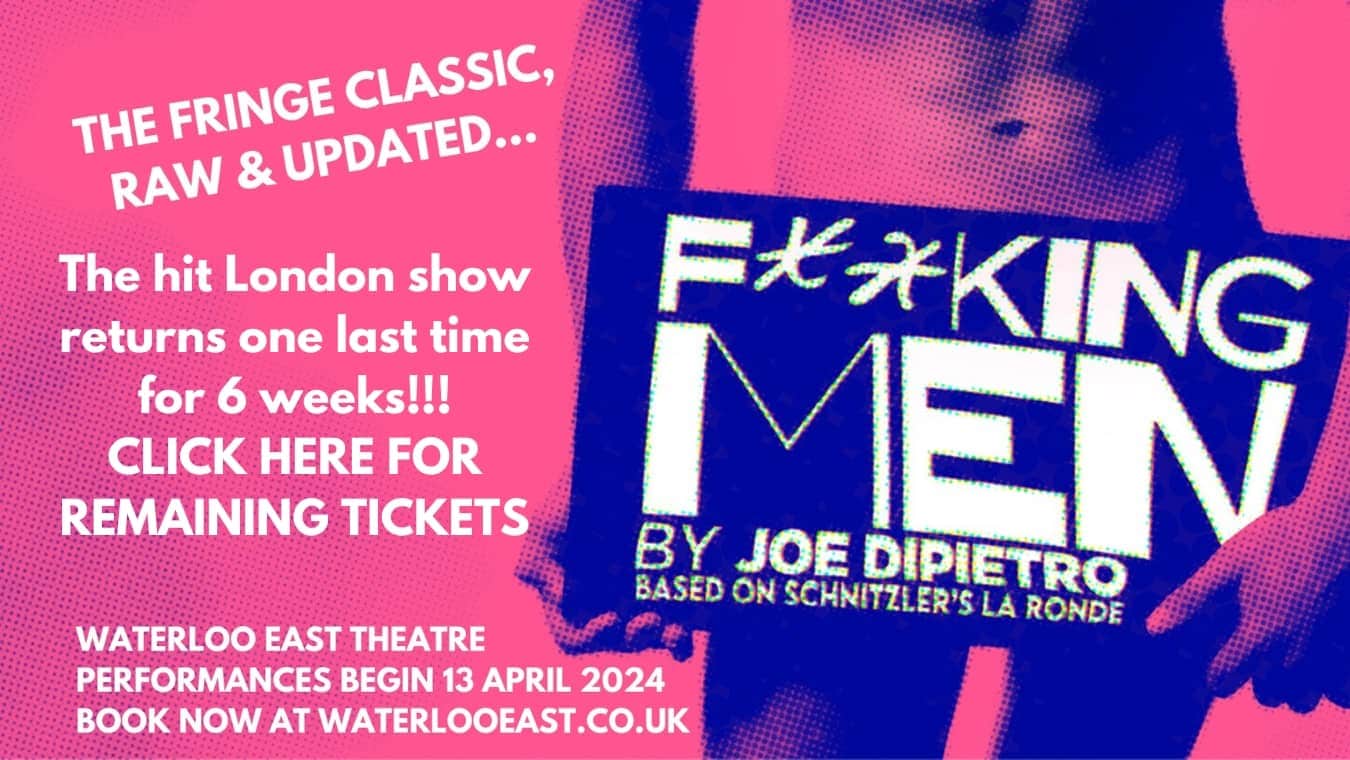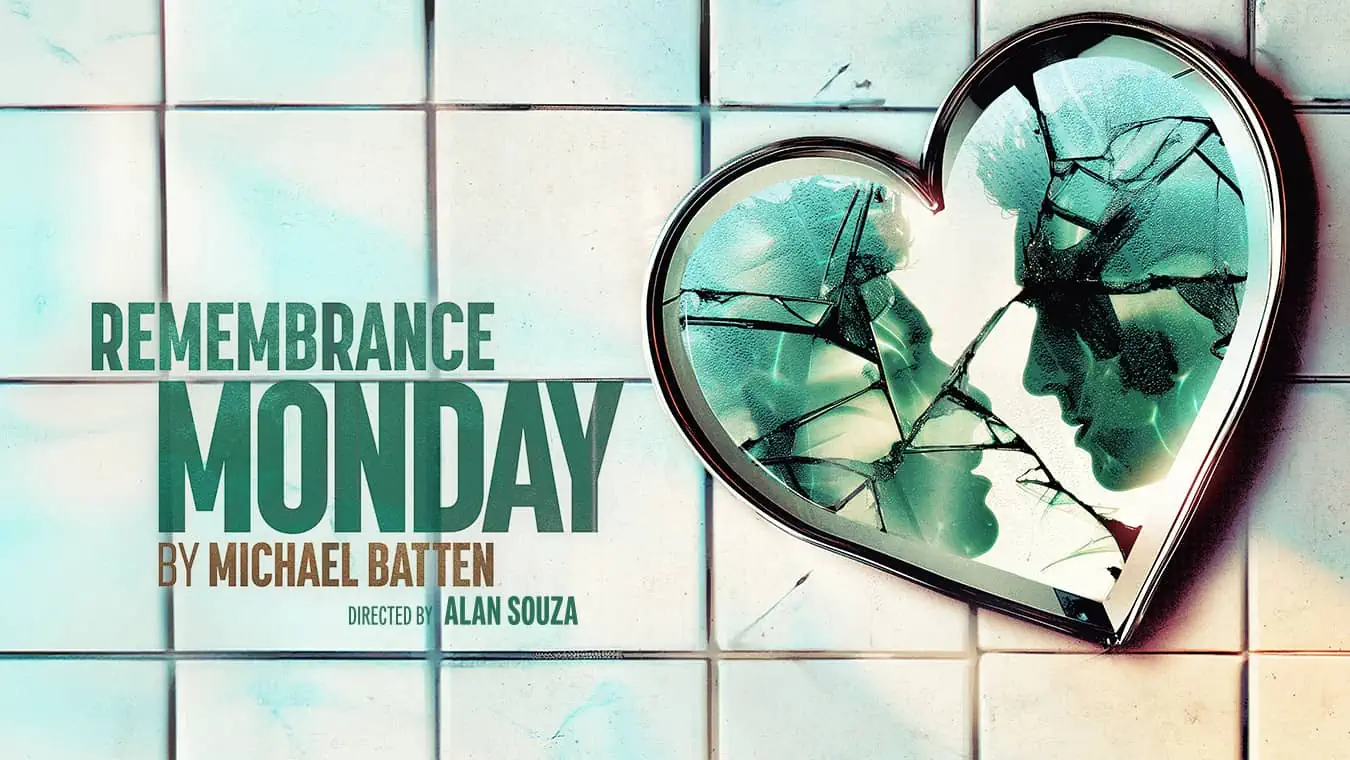ALL MEN TOGETHER
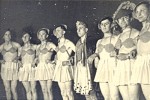
They found that people in some other countries weren’t as sexually repressed as the Brits. Part of an all-male society for extended periods, heteros and homos mixed and mingled, sometimes for the first time.
Straight men made one of two discoveries, (a) homosexuality isn’t a sickness, or (b) they were gay themselves. When they returned to the UK in 1945, they wanted the same kind of sexual freedom they’d enjoyed during wartime.
Many men who’d dragged up for concert parties went professional and toured in shows with titles like Soldiers in Skirts. Theatre censorship began to crumble.
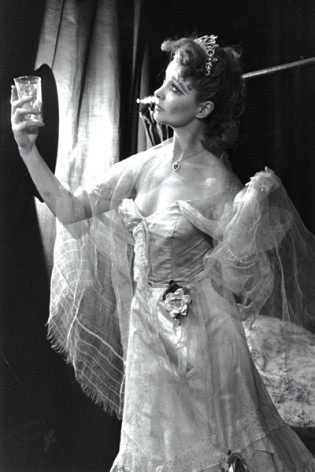
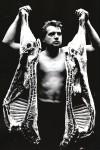
Manly Irish freedom fighter Paddy is attracted to pansy chorus boy, Richards, but ends up going off almost literally hand-in-hand with yet another gay inmate. (The play’s author, William Douglas Home, later went gayer. David and Jonathan in 1984 is about two gay boys who marry each other).
Jean Genet (1910-1986) was still in jail when he wrote Deathwatch, first produced in Paris in 1949. Along with Genet’s other writing, this introduced a new breed of macho renegade, who had gay sex if he felt like it.
The image was one of those that inspired the new homophile movement, which began to sweep the world. Bowie’s 1972 song, ‘The Jean Genie’, is one of many tributes.
…this introduced a new breed of macho renegade, who had gay sex if he felt like it.
Without doubt the gay playwright who made the biggest post-war impact was Tennessee Williams (1911-1983). For nearly twenty years he produced a string of Broadway hits including two Pullitzer-prizewinning masterpieces. But although he was openly gay in real life, he didn’t write an openly gay character until very late in his career.
Instead he wrote strong females and ambiguous males, many of which reflected aspects of his own personality. His first hit, The Glass Menagerie (1944), introduced the faded Southern belle (soon to become a Williams stereotype), also the ‘gentleman caller’ (later a gay euphemism), and Williams himself in the character of Tom (Williams’ real name), who tells his mother in the first scene that there are things about his life that he can’t tell her.
Williams’ first masterpiece, A Streetcar Named Desire (1947), brought us two gay icons, Blanche Dubois, who ‘always depended on the kindness of strangers’, and Stanley Kowalski, the sexy brute first played on stage and then immortalised on screen by Marlon Brando. Blanche shockingly reveals (in a line cut from the 1951 film version) that her gay husband committed suicide.
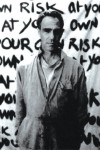
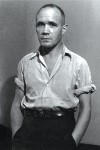
In Small Craft Warnings (1972) there are three gay characters including a very old-fashioned queer called Quentin, who minces in with a young pick-up. Playwright Lee Barton said of Williams, ‘He has yet to contribute any work of understanding to gay theatre.’
Williams responded, ‘Homosexuality isn’t the theme of my plays. They’re about all human relationships.’ But after Williams’ death, the attacks continued and some gay critics complained that Williams never produced a positive image of a gay person. Williams’ great advocate Michael Paller, dismissed this criticism in his book Gentlemen Callers. ‘He cannot be condemned for writing about his world’, Paller claimed.
IS HE MUSICAL?
Broadway in the 1920s and 30s seems camp in retrospect. But it wasn’t until the 1940s that musical theatre became consciously queer. According to The Gay and Lesbian Theatrical Legacy, the work of Marc Blitzstein (1905-1964), whose best-known musical is The Cradle will Rock (1937), ‘reveals numerous, coded, Whitman-like messages to the future.’
A song from his No for an Answer (1941) is supposedly about male camaraderie, but it includes the give-away line, ‘How he winks his eye will show the purest kind of a guy.’ (Blitzstein died in Martinique after being queer-bashed by three sailors). Gay lyricist Lorenz Hart (1895-1943) had been slipping queer references into his songs for years before he and composer Richard Rodgers produced their downbeat musical Pal Joey (1940).
Its anti-hero, Joey, doesn’t like women and sings ‘What Do I Care for a Dame?’ In the 1952 revival Joey was played by Harold Lang, Gore Vidal’s grande affaire.
The 2008 revival introduced a gay club owner. Kurt Weill’s Lady in the Dark (1941) is the first musical with a gay man as a major character. The part of fashion photographer Russell Paxton made Danny Kaye a star. The show didn’t open in London until 1997, when James Dreyfus took the role.
Although the earliest sexologists had commented on the link between homosexuality and music, the question ‘Is he musical?’ meaning ‘Is he gay?’ may date from the 1950s, when large numbers of gay men developed a passion for musicals and especially their female stars.
In his book Something for the Boys John M. Clum writes, ‘For show queens musicals are fun house mirrors, offering us wonderfully bizarre, exaggerated pictures of our loves, desires, and appetites. They are life in drag.’
Next week 1950’s!

